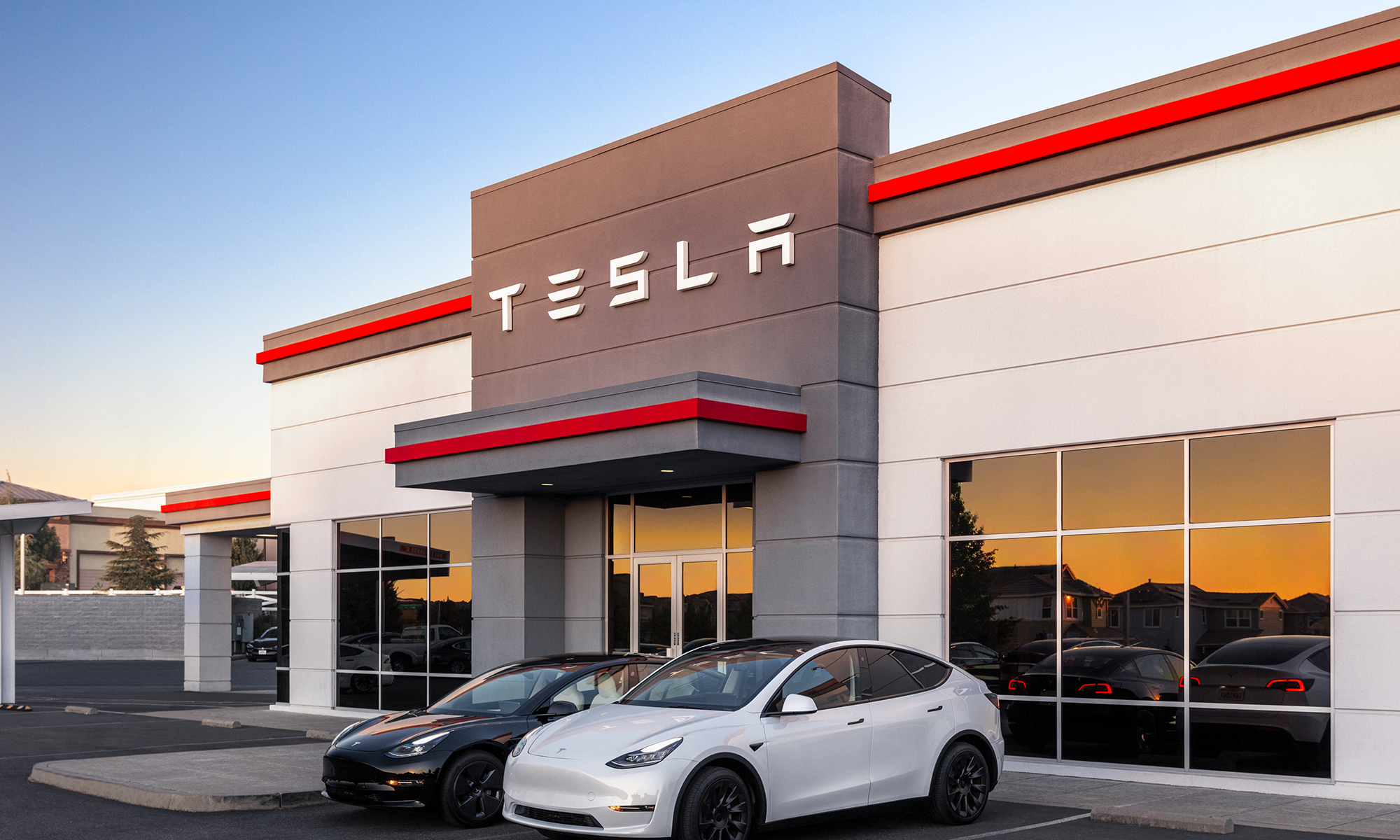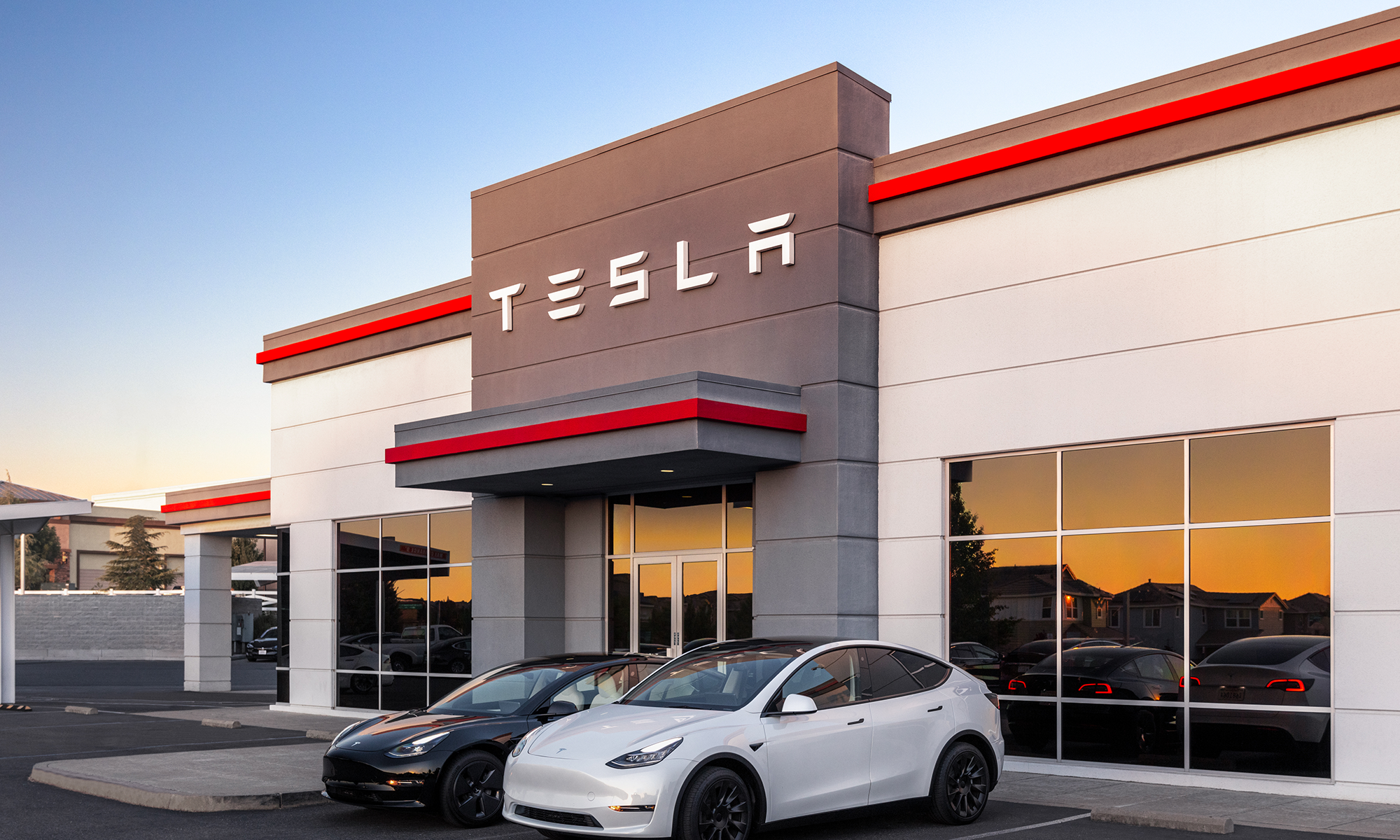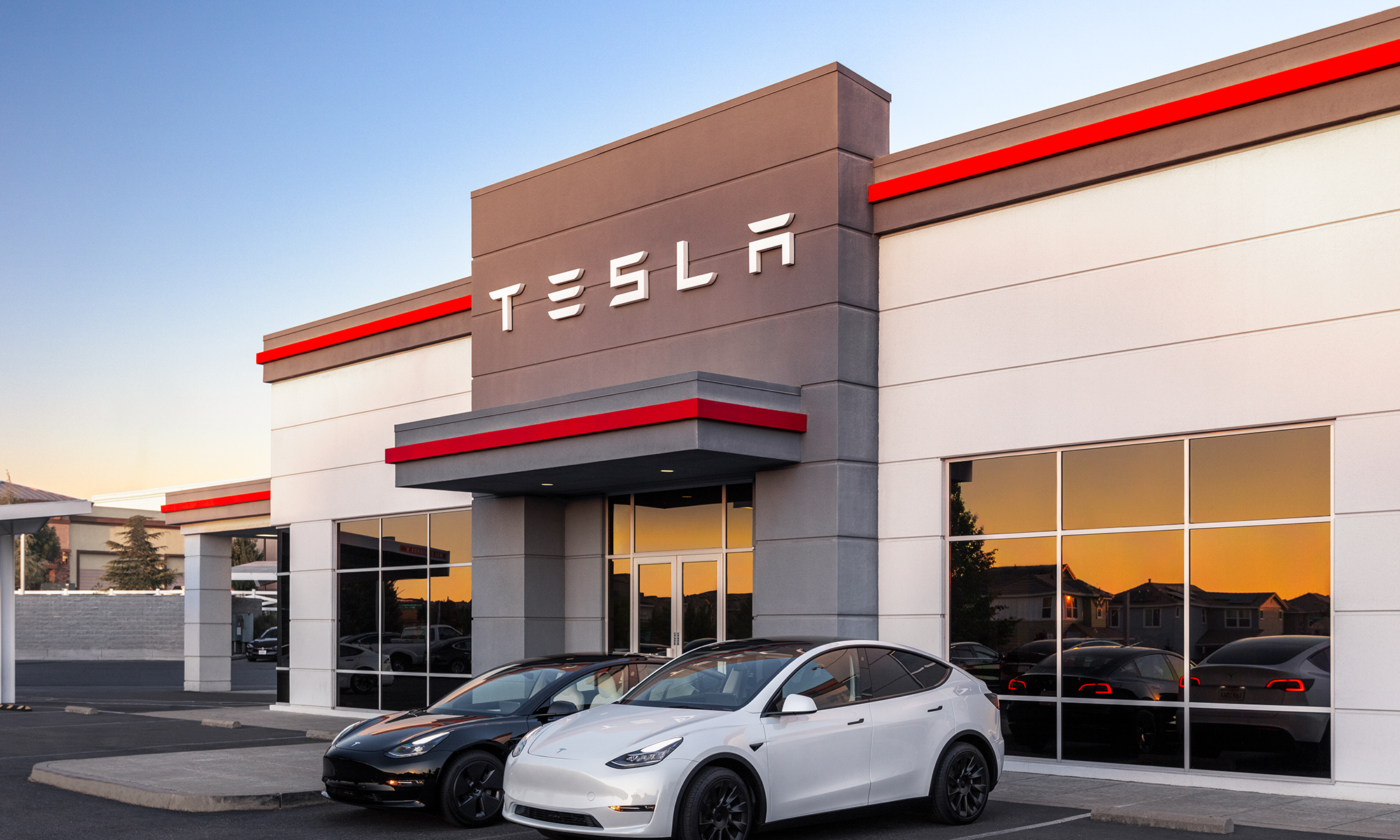Uber Technologies (UBER +0.22%) has been one of 2025's standout performers, climbing more than 50% year to date as the ride-hailing and delivery platform posts consistent growth and rising profitability. The stock's strength has also been cheered on by Bill Ackman's Pershing Square, which disclosed a multibillion-dollar stake earlier this year and, based on its latest 13F filing, still counts Uber as its largest position. The enthusiasm makes sense: this is a scaled, two-sided network with global reach across mobility (ride sharing), delivery, and freight.
The bigger question for investors isn't whether the business is working -- it is -- but whether today's price leaves enough upside from here. With fresh results, robust cash generation, and a sizable new repurchase authorization, that calculation has changed in Uber's favor -- even if the shares now trade at a richer multiple than they did a few months ago.

Image source: Getty Images.
Solid growth and impressive cash flow
Uber's second-quarter update showed incredible momentum, helping explain why investors have loved this stock so much in 2025. Trips and gross bookings each grew 18% year over year, revenue rose 18% to $12.7 billion, and income from operations jumped 82% to $1.5 billion. Adjusted EBITDA increased 35% to $2.1 billion, with margin (as a percent of gross bookings) improving to 4.5% from 3.9% a year ago. Free cash flow was $2.5 billion in the quarter, and trailing-twelve-month free cash flow hit a record $8.5 billion.
"Our platform strategy is working, with record audience, frequency, and profitability across Mobility and Delivery," CEO Dara Khosrowshahi said in the company's earnings release.
Strength was broad-based across segments. In the quarter, mobility revenue grew 19% and delivery revenue grew 25%, while segment-level adjusted EBITDA expanded in both lines of business. Management also issued guidance calling for continued double-digit growth and further year-over-year gains in adjusted EBITDA in the third quarter. These are the kinds of compounding fundamentals long-term investors want to see.
Management is reinforcing its confidence in its business with an aggressive share repurchase program. Alongside the second-quarter report, Uber authorized an additional $20 billion share repurchase program. Coming off record cash generation, CFO Prashanth Mahendra-Rajah highlighted the company's "all-time high" trailing-12-month free cash flow in explaining the move. For a business that only recently crossed over into steady GAAP profitability, this is a notable pivot to sustained cash returns.

NYSE: UBER
Key Data Points
No longer a bargain
After a year-to-date run of more than 55% as of this writing, Uber is no longer an under-the-radar value idea. Trading at about $96 per share, the company's market value sits around $200 billion. Stack that against trailing free cash flow of about $8.5 billion, and you get a price-to-free cash flow ratio in the mid-20s. That isn't unreasonable for a platform growing bookings and revenue at mid-to-high-teens rates while expanding margins, but it does assume that execution stays on track and that growth remains robust.
Some things could derail this trajectory. Risks to the growth story include regulatory scrutiny, insurance costs, and increasing competition -- all factors that can weigh on pricing, take rates, margins, and ultimately profitability. And while Uber's expanding roster of autonomous driving partnerships could unlock efficiencies in the future, it's uncertain what this future would look like and how long it will take to unfold. In addition, there are risks that an autonomous manufacturer, like Tesla, could quickly scale its own autonomous ride-sharing network. In fact, that's exactly what Tesla plans to do with its Robotaxi service.
Still, the investment case remains compelling. Uber's core business segments -- mobility and delivery -- are scaling with attractive unit economics, and management's guidance points to continued growth. And the balance between reinvestment and capital returns looks healthy. Finally, Pershing Square's 13F shows Uber as its top position -- a reminder that some sophisticated, long-term capital sees ongoing value creation ahead.
For investors considering Uber after its big move, the takeaway is straightforward: the stock isn't cheap, but it may not be overpriced if the company sustains mid-teens growth, expands margins, and converts a large portion of earnings into free cash flow. In other words, upside from here likely hinges on continued execution rather than multiple expansion. That makes Uber a reasonable buy-and-hold candidate for investors comfortable with platform-economy risks -- and a hold for those already aboard who can let the company's cash returns and operating leverage do the work.






